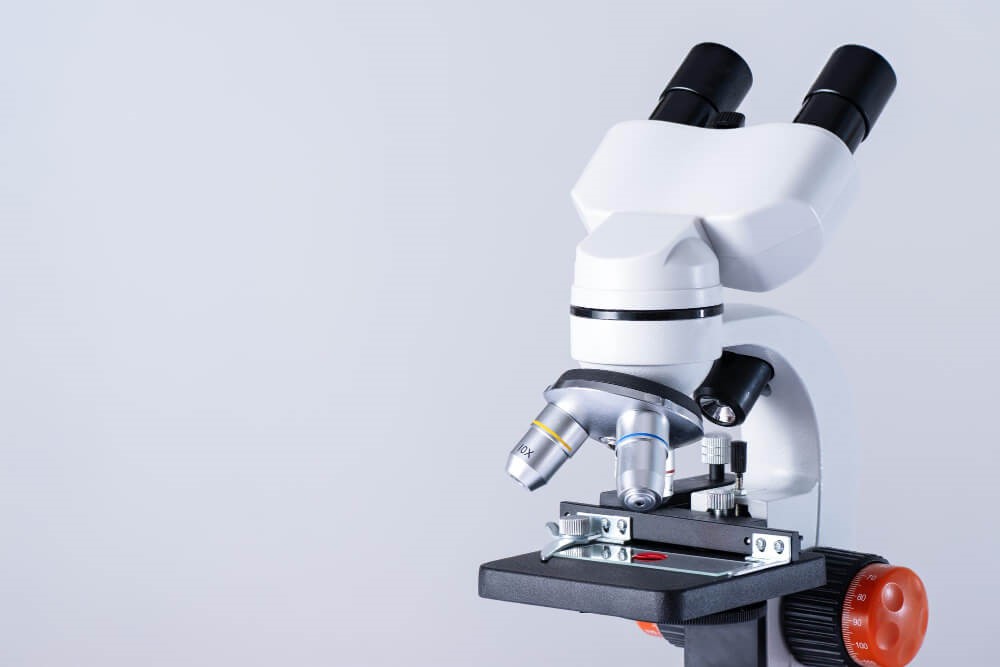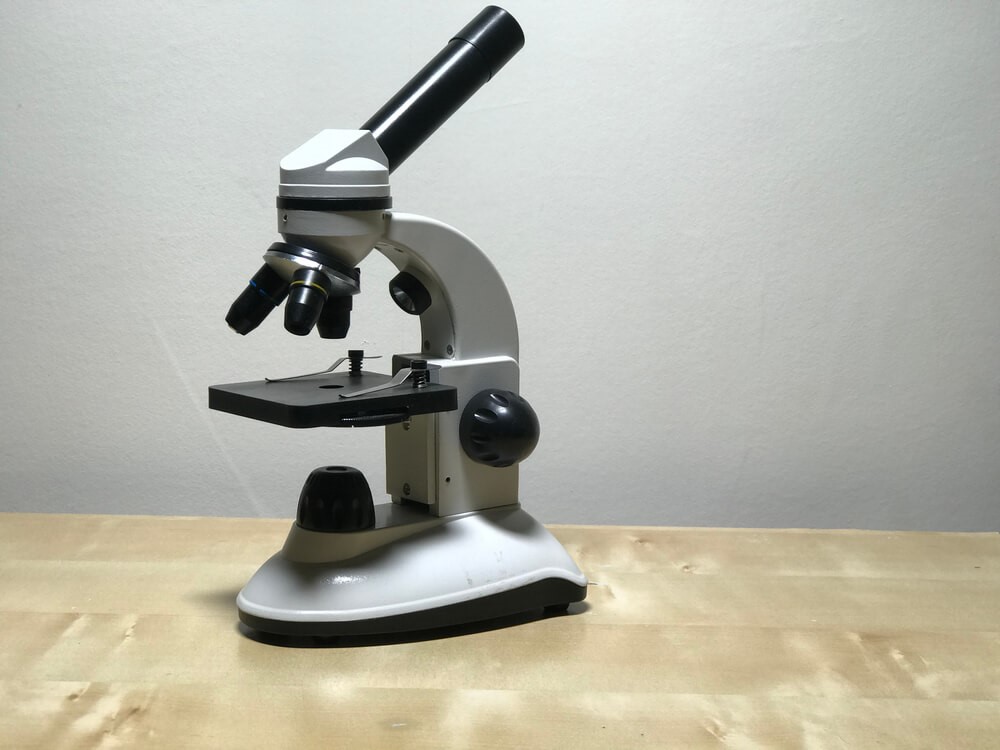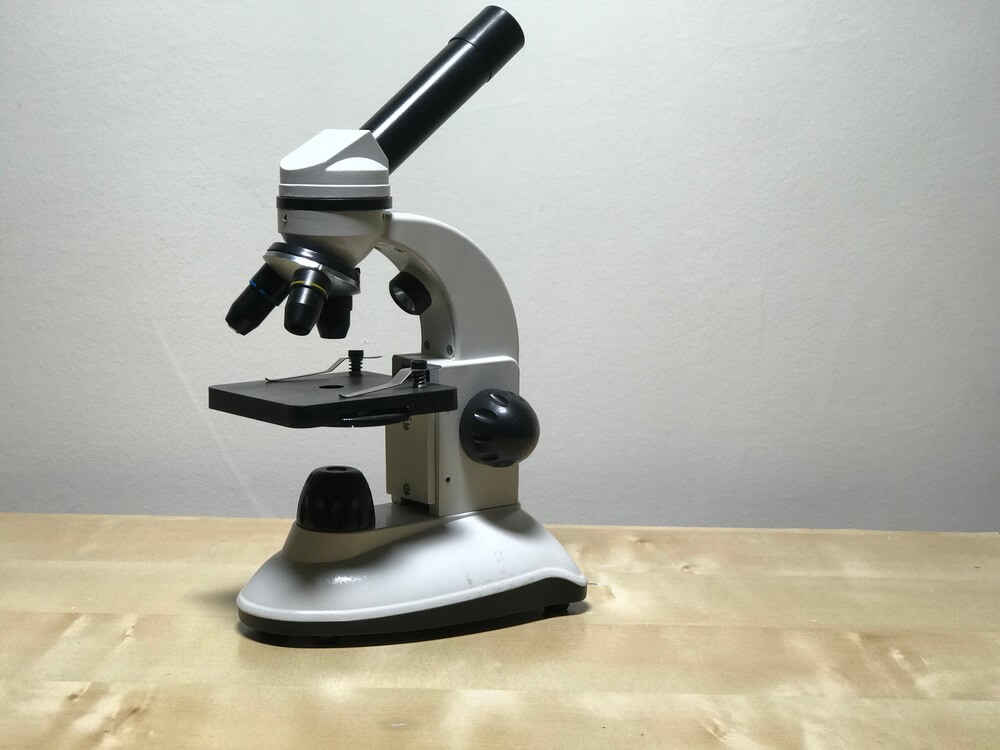Differential Diagnosis – Other Conditions Resembling Xanthelasma
Differential Diagnosis – Other Conditions Resembling Xanthelasma
You notice it one morning, a new little bump on your eyelid. Your mind immediately starts to race. Is this something to worry about? You may have heard of xanthelasma, but how can you be sure that is what you are seeing? In medicine, this process of distinguishing between two or more conditions that share similar signs or symptoms is called a differential diagnosis. It is like an investigation, where a professional rules out different possibilities to arrive at the correct conclusion.
While a definitive diagnosis must always come from a healthcare professional, understanding the “lineup” of common eyelid bumps can empower you with knowledge and bring a sense of clarity.

Why Correct Visual Identification Matters
The skin around the eyes is delicate and can host a variety of growths, most of which are completely harmless. Xanthelasma falls squarely into this benign category. However, because some more serious conditions can occasionally mimic a harmless blemish, knowing the key differences is important. This guide serves as a visual field map, helping you understand the landscape of common eyelid bumps. It is a tool for information, not for self-diagnosis.
The Usual Suspects: Common Eyelid Bumps
Let’s explore the most common conditions that are sometimes mistaken for xanthelasma. Each has its own distinct visual fingerprint.
Syringomas: The Sweat Gland Bumps
Often appearing in small clusters, syringomas are harmless growths of sweat ducts. They typically look like small, firm bumps, about one to three millimeters in size, and are usually skin-colored or slightly yellowish. While they can appear yellowish like xanthelasma, their key differences are texture and formation. Syringomas are firm to the touch and tend to appear as multiple, separate little papules, often on the lower eyelids. Xanthelasma, in contrast, is soft and often forms into a larger, flatter plaque. You can learn more about their appearance from the American Osteopathic College of Dermatology.

Milia: The Tiny Keratin Pearls
Milia are very common and look like tiny, white or yellowish pearls under the skin. They are essentially small cysts filled with keratin, a protein that makes up our hair, skin, and nails. Often called “milk spots,” they are hard, round, and dome-shaped. The main way to tell them apart from xanthelasma is by their texture and size. Milia feel like a tiny, hard grain of sand just beneath the skin, while xanthelasma is soft and pliable. Milia are also much smaller and more uniform in their dome-like shape.
Sebaceous Hyperplasia: The Overactive Oil Glands
This condition involves the enlargement of the skin’s oil glands, known as sebaceous glands. The result is a soft, yellowish bump on the skin. While the color can be similar to xanthelasma, sebaceous hyperplasia has a classic telltale sign: a central dimple or depression. This gives it a slightly doughnut-like appearance that is quite distinct. Xanthelasma plaques are generally flat or evenly raised without a central pit. These are especially common on the face and are considered completely benign growths by medical experts.

Basal Cell Carcinoma: The Important Outlier
This is the most critical distinction to make, as basal cell carcinoma (BCC) is a form of skin cancer. While most eyelid bumps are benign, BCC can sometimes appear on the eyelid as a pearly or waxy bump, occasionally with visible blood vessels. Unlike xanthelasma, a BCC may change over time, bleed easily, form a crust, or fail to heal. Any lesion that bleeds, scabs over, or changes in shape or color requires immediate evaluation by a doctor. It is the most common type of skin cancer and is highly treatable when caught early, as noted by the Skin Cancer Foundation.
The Defining Features of Xanthelasma
After reviewing the other possibilities, the unique characteristics of xanthelasma come into sharper focus. Its identity is confirmed by a combination of visual and textural clues.
- Texture: It is soft and velvety, not hard like a milium or firm like a syringoma.
- Color: The color is a distinct creamy or chamois yellow.
- Shape: It forms a flat “plate” or plaque, not a tiny dome or a bump with a central pit.
- Location: It has a strong preference for the eyelids, especially near the inner corner.
- Behavior: It does not bleed, crust, or ulcerate. It is a passive, stable growth.
Knowing these features helps place xanthelasma correctly in the lineup. Seeing a soft, yellowish, flat plaque on your eyelid points strongly toward xanthelasma, but the final word should always come from a professional who can rule out any other possibility with certainty.

A Clearer Path Forward for Your Skin’s Appearance
Once a professional has confirmed that what you have is indeed cosmetic xanthelasma, your focus can shift from worry to action. For those seeking a targeted, at-home cosmetic solution, Xanthel® Gel is engineered to address the distinct appearance of xanthelasma. It provides a focused approach to aesthetic improvement, designed specifically for these unique plaques. The primary goal of Xanthel® Gel is to visibly diminish the look of xanthelasma, often with just a single application.
Its selectively formulated composition works to cosmetically refine the plaques, helping to restore a clearer, more uniform skin appearance around the delicate eye area. Designed for effectiveness across all skin tones, it offers a universal solution for anyone feeling self-conscious about their xanthelasma. Instead of just trying to cover the issue, you can actively address its appearance. With free worldwide delivery, the path to visible refinement is more accessible than ever. Choose confidence. Discover Xanthel® Gel today.

Xanthel ® Cosmetic Gel
A focused cosmetic gel formulated specifically to improve the appearance of eyelids bearing xanthelasma plaques. Its composition is selectively designed for cosmetic impact across all skin tones, offering a straightforward, at-home option for managing the look of these blemishes.
A Singular Application
The power of Xanthel ® is in its simplicity. It is formulated for a single, one-time cosmetic application. This focused approach is designed to visibly diminish the appearance of xanthelasma plaques, removing the need for daily or repeat uses.
Legal: This product is for cosmetic use only. Not intended to diagnose, treat, cure, or prevent any medical condition. Consult a healthcare professional regarding skin conditions. Xanthel ® is custom-formulated based on your plaque characteristics, age, and skin tone to ensure optimal cosmetic effectiveness for your xanthelasma.